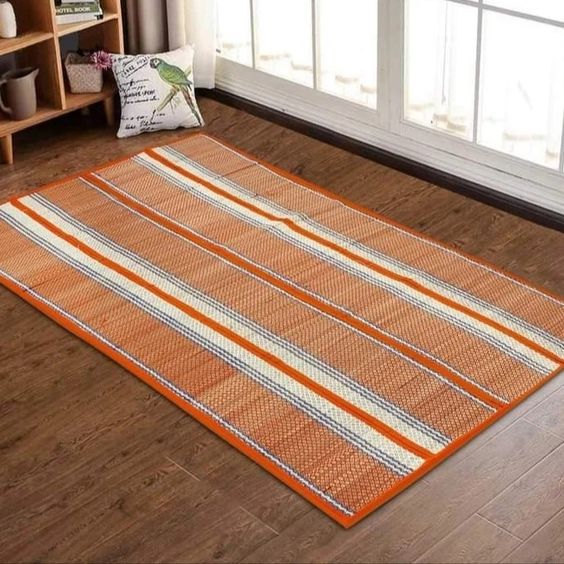Chairs: ubiquitous, seemingly mundane, yet indispensable. These humble pieces of furniture have been an essential part of human existence for centuries, offering comfort, support, and style in equal measure. As we delve into the world of chairs, we uncover a fascinating tapestry of design, functionality, and cultural significance that elevates them from mere objects to symbols of human ingenuity and creativity.
A Brief History: From Thrones to Modern Marvels
The story of chairs traces back to ancient civilizations, where they were reserved for royalty and nobility as symbols of power and authority. Over time, chairs evolved from simple wooden benches to elaborate thrones adorned with precious metals and jewels. With the rise of craftsmanship and technological advancements, chairs became more accessible, gradually transitioning from symbols of status to everyday essentials.
In the modern era, chairs have undergone countless iterations, reflecting changing tastes, lifestyles, and design trends. From iconic mid-century modern designs to cutting-edge ergonomic innovations, the evolution of chairs mirrors the evolution of society itself, showcasing our relentless pursuit of comfort, functionality, and aesthetic pleasure.
Form Follows Function: The Anatomy of Comfort
At their core, chairs are designed to provide a comfortable and supportive seating experience. The anatomy of a chair encompasses various elements, each serving a specific purpose in enhancing comfort and ergonomics. From the seat and backrest to the arms and legs, every component is carefully crafted to promote proper posture and reduce strain on the body.
Ergonomic chairs, in particular, have gained popularity in recent years, offering adjustable features that cater to individual preferences and ergonomic needs. With customizable lumbar support, tilt mechanisms, and seat height adjustments, these chairs prioritize comfort and health, making them a favorite among office workers and home dwellers alike.
Beyond Function: Chairs as Design Statements
While comfort and functionality are paramount, chairs also serve as powerful design statements that can elevate the aesthetic appeal of any space. From sleek minimalist designs to bold statement pieces, chairs come in a myriad of styles, materials, and colors to suit every taste and décor scheme.
Iconic chairs like the Eames Lounge Chair and the Barcelona Chair have achieved legendary status in the world of design, revered for their timeless elegance and innovative craftsmanship. Meanwhile, contemporary designers continue to push the boundaries of chair design, experimenting with unconventional materials, shapes, and textures to create truly unique and eye-catching pieces that double as works of art.
Cultural Significance: Chairs in Society
Beyond their practical and aesthetic value, chairs hold significant cultural symbolism and social meaning. In many cultures, the act of offering someone a seat is a gesture of hospitality and respect, signifying inclusion and camaraderie. Chairs also play a central role in rituals and ceremonies, whether it’s the throne of a monarch or the humble pew in a place of worship.
Moreover, chairs have been immortalized in art, literature, and popular culture, serving as symbols of authority, comfort, and status. From Van Gogh’s iconic paintings of empty chairs to the ubiquitous presence of the director’s chair on film sets, chairs occupy a prominent place in our collective consciousness, transcending their utilitarian function to become enduring symbols of human culture and creativity.
Conclusion: Sitting Pretty
In conclusion, chairs are more than just pieces of furniture; they are silent witnesses to the evolution of human civilization, embodying our quest for comfort, functionality, and beauty. Whether it’s the ergonomic office chair that supports us through long workdays or the iconic design piece that captivates us with its elegance, chairs play an indispensable role in shaping our daily lives and surroundings. So, the next time you take a seat, take a moment to appreciate the humble chair for its remarkable blend of form, function, and cultural significance.

